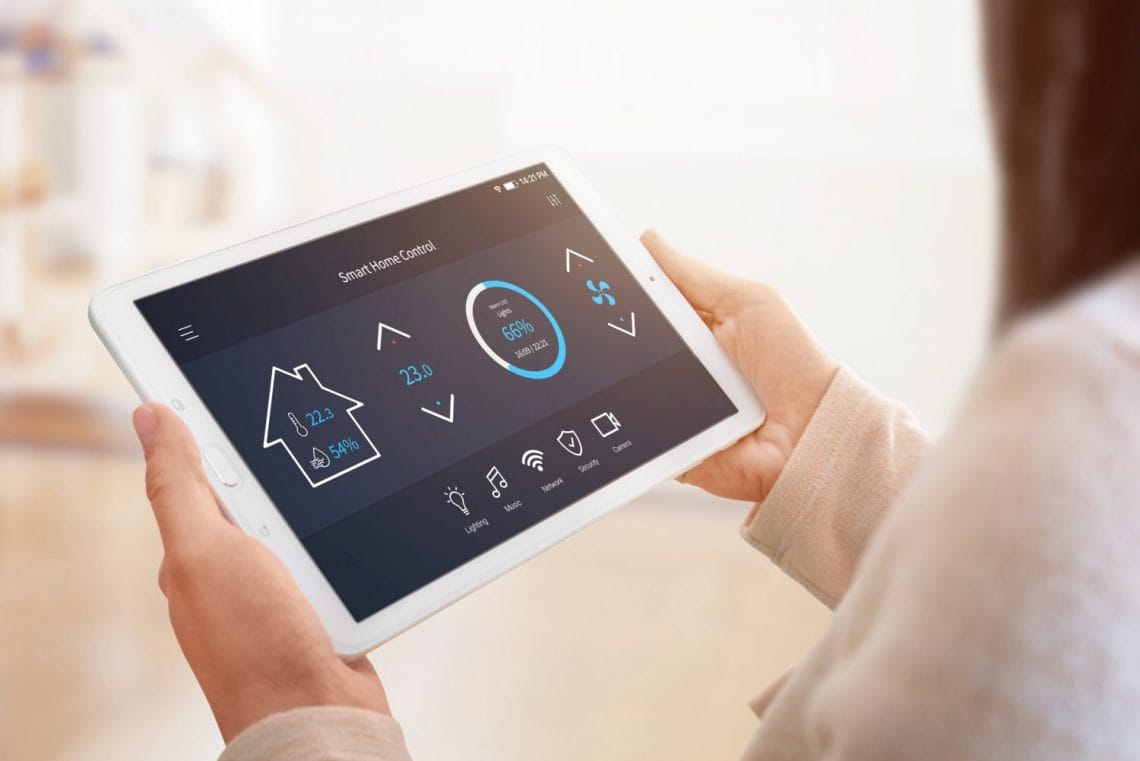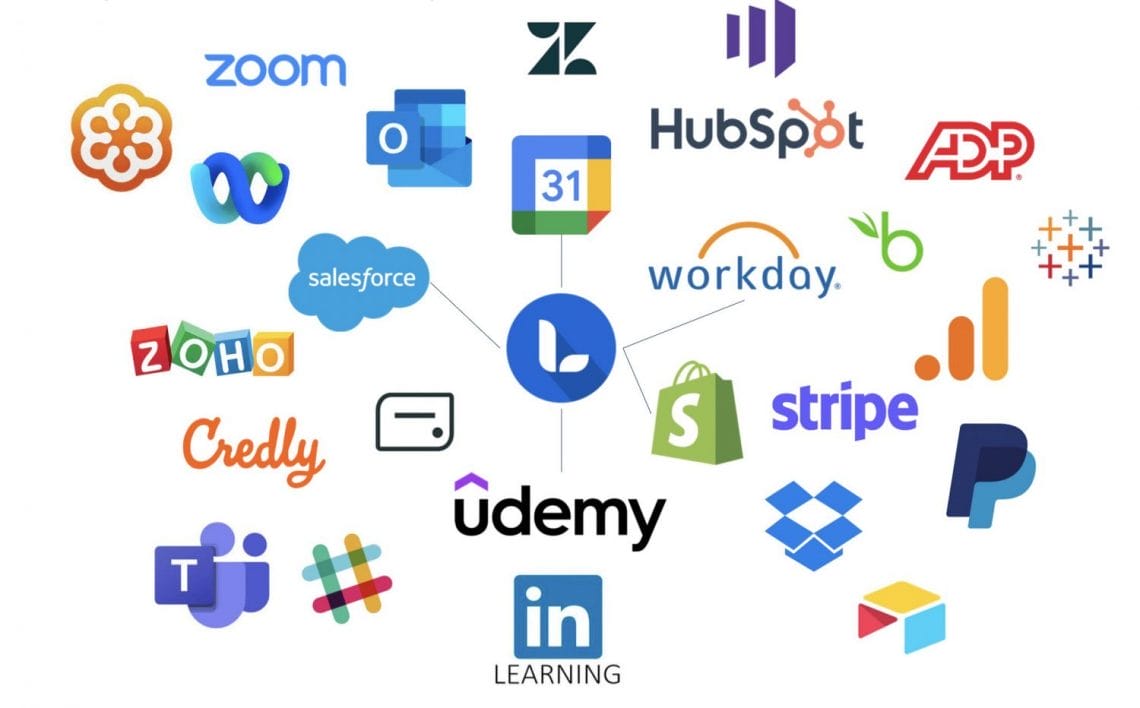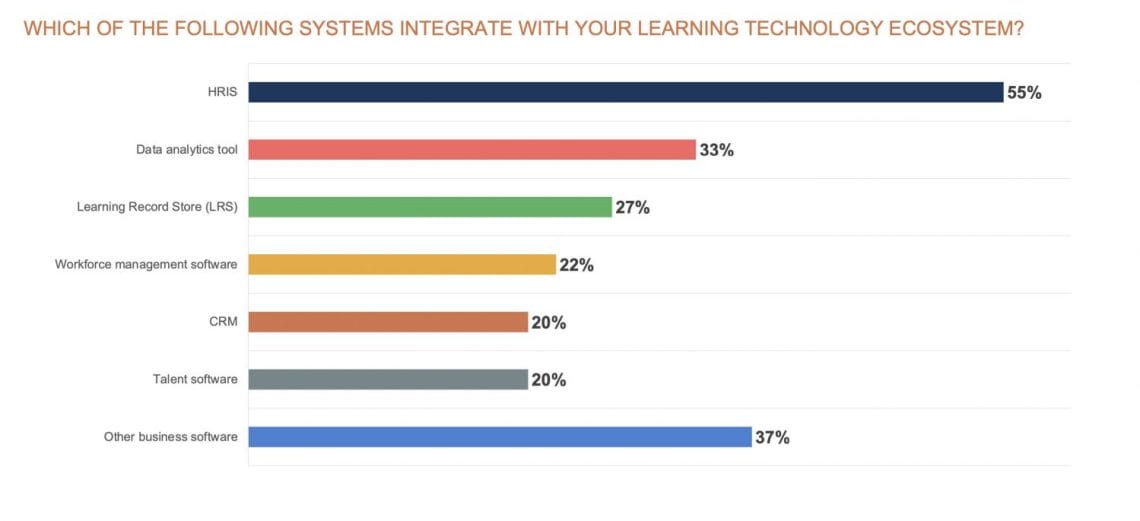 Imagine a successful medium-sized business, from any industry you want. Now picture all the different roles there: There’s an accounts and sales team. Marketing. Product. Maybe an in-house creative team. Project managers. HR. Finance. It’s a complex ecosystem.
Imagine a successful medium-sized business, from any industry you want. Now picture all the different roles there: There’s an accounts and sales team. Marketing. Product. Maybe an in-house creative team. Project managers. HR. Finance. It’s a complex ecosystem.
Now, imagine if none of those people and departments could talk to each other. Perfectly siloed, in radio silence.
How long would that business last?
It sounds unthinkable, right? And for any successful business, it would be.
But what’s incredible is that this is precisely the situation many organizations find themselves in with their software.
They have a CRM. An ERP. Collaboration tools. A CMS. And of course, if they’re successful, they’ve probably invested in a powerful Learning Management System (LMS) as well. It’s a complex software ecosystem, full of different apps, APIs, and functionality. And just like with the various roles and departments of a business, an organization’s success is largely determined by how well all of these systems talk to each other.
This ‘talking to each other’ is generally called a data integration—a connection from one app or piece of software to another that empowers them to share data. At home, this could be something like controlling your Samsung smart TV through your Google Home app. The software in the smart TV and the software of the app have an integration between them.

At work, integrations can save time and improve security; they can reduce human error, automate processes, and simplify workflows; and they can unlock insights by bringing together data from different sources. In fact, you’re probably already using integrations like single sign-on (SSO), Zoom + calendar integrations, and more. But as organizations increasingly rely on data to make decisions, they need to become more sophisticated. Soon, running a business without a strong web of integrations will be as untenable as running a business without communication between employees.
But you need to be strategic. Consider the fact that the average business uses dozens (or hundreds!) of different software apps. With a modest suite of just 25 apps, there are over 300 possible integrations between them, and the number climbs exponentially from there. Just like your web developer probably doesn’t need to interface with your CFO, you probably don’t need to build a custom integration between your software dev tool and your accounting platform.
The most successful business will focus on the subset of integrations that unlock the most time savings, insight, and growth.

Your LMS is not an island. L&D is not an island.
Your Learning Management System (LMS) is one of the best areas to focus your integration efforts. The potential upside and ROI is very high.
According to research from Brandon Hall Group, 45% of businesses say that their learning technology ecosystem is ‘inadequate,’ and when asked about what factors are driving their desire to switch technology, poor integrations were a leading reason, either directly (44%) or indirectly through poor data (67%) or user experience (64%). The fact is, if you’re not leveraging LMS integrations, you’re turning learning into an island that’s cut off from the rest of your organization.

However, when learning is connected to the business, good things happen. Here’s a typical example from Smartly.io, a company that creates unified social media advertising campaigns for their clients. They were struggling to manually keep up with tasks like employee records, new user enrollments, updating course content and syncing global training calendars.
They integrated their e-learning platform with the rest of their tech stack and saw profound and immediate results: Online training courses got up and running quickly and Smartly.io was able to automate hours and hours of manual work. This improved learner engagement, enrollment, and user experience, saved them dev time, and helped streamline their workflow. It also boosted the morale of the L&D team, since they were spending less time on monotonous tasks that didn’t engage them.
That’s just one example. Consider some of the other ways you can elevate learning experiences and get more out of the software your business uses each day:
You can integrate e-learning with your Customer Relationship Management (CRM), like Salesforce, bringing training content directly into the flow of work. This integration will also provide more data to help validate your learning content, since you can measure sales performance against training program completion in real-time to identify the courses that have the most impact on the business.
You can integrate with collaboration or video conferencing tools like Slack, Microsoft Teams, or Zoom, unifying learners‘ profiles across platforms and offering social and gamified learning experiences.
You can tie your LMS to e-commerce platforms like Stripe or Shopify, making it easier to monetize learning and certifications while collecting meaningful data about customers’ interests, needs, and purchasing patterns.
And of course, all of these integrations will help you make better and more data-informed decisions about your content and L&D strategies.
However, despite the many benefits of learning integrations, most companies simply aren’t there yet. Here are the most common learning integrations, taken from research from Brandon Hall Group:

Even the most prevalent integration (learning system with HRIS) is only used by 55% of organizations. This presents a tremendous opportunity: Investing in integrations can help you make learning a competitive advantage.
How to begin
Integrations are too powerful and too important to ignore, but it can be challenging to decide where to focus first. These steps will help you get LMS integrations up and running quickly:
- Choose one existing process or tool. Find a process or a tool that your team is spending too much time or manual effort on. If you don’t have SSO implemented or if your LMS doesn‘t integrate with your HRIS or your CRM, go with one of those. If you already have those integrations built, then focus on something like analytics or e-commerce.
- Get out of your silo. Next, think about the other business areas that will be impacted by this integration, like sales or HR. After all, even if you’re focused on LMS integrations, they aren’t just an L&D project; they’re a ‘whole business’ project. And the whole business will feel the benefits.
- Analyze the current state. Map out the future state. Dive into the current workflows, user experience, and data practices. You’ll be amazed at how quickly gaps, barriers, and inefficiencies reveal themselves. Then, try to map out what the ideal future state is. This is critical to help you navigate the way forward and properly work with internal or external partners.
- Choose the right tech and partner and start building! If your current LMS makes integrations easy (or if your IT and dev teams have the bandwidth), then you can move forward and start integrating. More commonly though, you’ll need a partner to help you along the way. Note that this isn’t just a company you buy software from; a good partner will actively work with your team to ensure things are done properly. This is where the future state you mapped out in Step 3 comes in: Rather than asking potential partners if they‘re “good at integrations”, ask specific questions about the tools and apps you’re using and how the partner would get you to that awesome future state.
Don’t sacrifice your learning strategy for your learning software
The software you use should be in service to the strategy you’ve developed—not the other way around. Integrations are a critically important tool to help you achieve your strategy and get meaningful results from learning. Because at the end of the day, your L&D strategy doesn’t exist to accumulate course completions. It exists to boost learner engagement and satisfaction, grow people’s skills, and help your business grow.
These tips should help you level up your integrations game. And if you need a partner that’s fluent in integrations, reach out to Docebo. Our award-winning, AI-powered LMS features integrations for software like Salesforce, Slack, Shopify, ZenDesk, SAP, Okta, Google Analytics, and dozens more. And with Docebo Connect, you can make learning an integral part of your enterprise tech stack.
Get out of the silos. Break the radio silence. Get your people and your software talking and prepare to be amazed.

